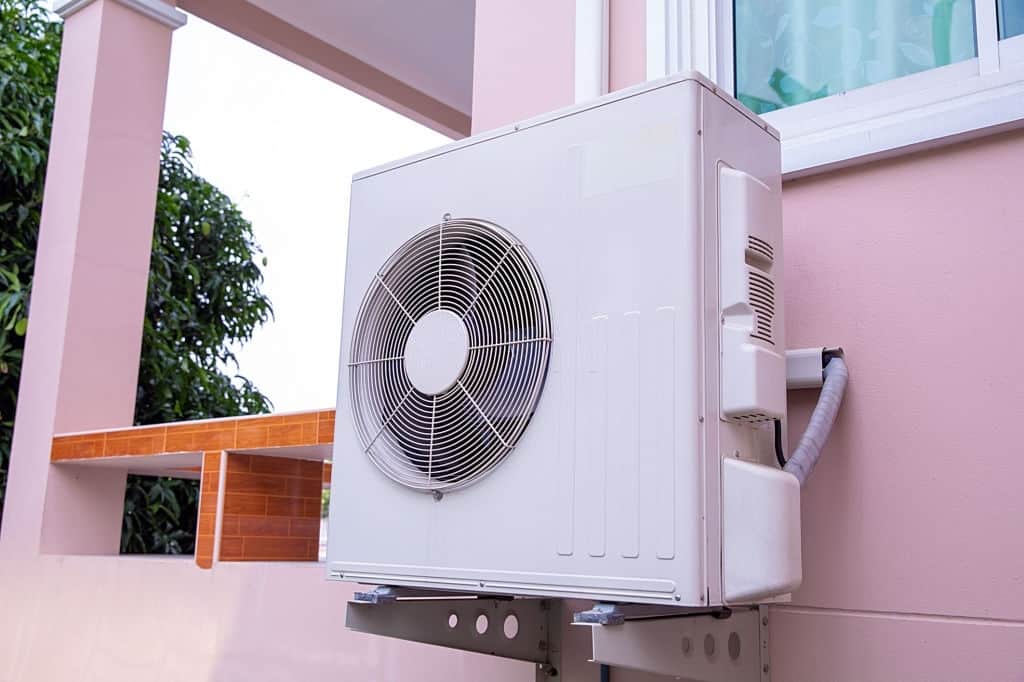Debunking Electrical Setup: Comprehending Codes and Laws for a Lawful and Safe Setup
In the realm of electric setup, adherence to codes and laws is critical to guarantee both legitimacy and security. The intricacies bordering electric work can be overwhelming, yet acquainting oneself with the well-known criteria is vital to browsing this area with confidence. By understanding the ins and outs of the National Electric Code and neighborhood building ordinance, individuals can guarantee that their setups fulfill required precaution and are in conformity with the legislation. However, the trip to debunking electrical installment goes past simple familiarity with laws; it requires a profound understanding of exactly how to implement secure electrical practices properly.
Relevance of Electrical Codes
The adherence to electric codes is critical in making sure the safety and integrity of electrical setups. Electrical codes offer as a set of requirements and guidelines that determine the proper style, installment, and maintenance of electrical systems. These codes are developed to minimize the danger of electric hazards, fires, and various other safety and security issues that might occur from damaged electric work.

In addition, electric codes are on a regular basis upgraded to integrate new modern technologies, finest practices, and precaution. Remaining upgraded with these codes is important for professionals in the electric market to guarantee that their work satisfies the newest security standards. Inevitably, the value of electrical codes depends on producing a secure and reliable electrical infrastructure that benefits both individuals and areas.
Secret Rules for Security
Several basic policies govern the safety and security criteria in electrical installments. One vital policy is the National Electric Code (NEC), which gives guidelines for risk-free electrical layout, setup, and evaluation to protect individuals and home from electric dangers. The NEC covers aspects such as electrical wiring methods, grounding, overcurrent security, and equipment setup to make certain a safe electric system.
An additional essential guideline is the Occupational Safety And Security and Health Management (OSHA) standards, which best site concentrate on the safety and security of employees involved in electrical setups (BRE Automation Australia). OSHA laws consist of needs for correct training, safety and security treatments, and individual safety equipment to prevent workplace accidents and injuries
Moreover, the International Electrotechnical Compensation (IEC) requirements aim to harmonize electric installment laws on an international range. These requirements address problems like electrical equipment safety, electro-magnetic compatibility, and power effectiveness to advertise uniformity and safety in electric installments worldwide.
Conformity with these crucial laws is vital to guarantee the safety and legality of electric setups, safeguarding both individuals and residential property from the threats connected with power.
Comprehending National Electric Code
Key regulations such as the National Electric Code (NEC) supply vital standards for safe electric style, setup, and inspection to make sure the security of people and residential property from electrical threats. The NEC, likewise recognized as NFPA 70, is a detailed set of criteria for electrical installments that are updated every 3 years. It is established by the National Fire Protection Organization (NFPA) and is widely embraced throughout the United States.
The NEC covers numerous elements of electrical work, consisting of electrical wiring methods, grounding, overcurrent defense, and devices installment. It aims to secure people and building by dealing with possible risks connected with electric systems. Compliance with the NEC is usually applied by local authorities having jurisdiction (AHJs), such as constructing code officials and examiners.
Comprehending the NEC is crucial for electrical service providers, developers, and inspectors to make sure that installations fulfill the needed safety and security needs. By sticking to the NEC guidelines, professionals can help avoid electric mishaps and make sure the integrity of electric systems in household, business, and commercial setups.
Compliance With Neighborhood Building Ordinance
Comprehending and adhering to neighborhood building regulations is necessary for making sure the security and compliance of electric setups within a particular jurisdiction (BRE Services). Neighborhood building official source ordinance vary from one community other to one more, and they are implemented to safeguard the health of residents and residential or commercial properties. These codes lay out certain requirements for electrical installments, such as the type of circuitry to be utilized, placement of electrical outlets, basing techniques, and lots capabilities. By adhering to regional structure codes, electrical contractors can ensure that setups are done appropriately and meet the needed safety requirements.
When it comes to electrical installments, failing to conform with local building codes can result in significant repercussions. Non-compliant installations may position safety and security threats, raise the danger of electrical fires, and lead to pricey fines or legal problems.
Making Sure Safe Electrical Practices
Exercising rigorous adherence to developed security procedures is important in the area of electrical setups to reduce potential risks and guarantee the well-being of individuals and residential or commercial properties. Security in electrical job incorporates numerous elements, starting with the proper training of personnel entailed in installment, upkeep, and repair work. By prioritizing safe techniques, electric setups can function successfully while decreasing the chance of mishaps or damage.
Conclusion
In conclusion, adherence to electric codes and guidelines is vital for making sure the safety and legality of electric installations. Recognizing the National Electric Code and conformity with local building regulations are necessary for a risk-free setup. By complying with these guidelines and practicing safe electrical techniques, individuals can protect against prospective risks and make certain the appropriate performance of their electrical systems.